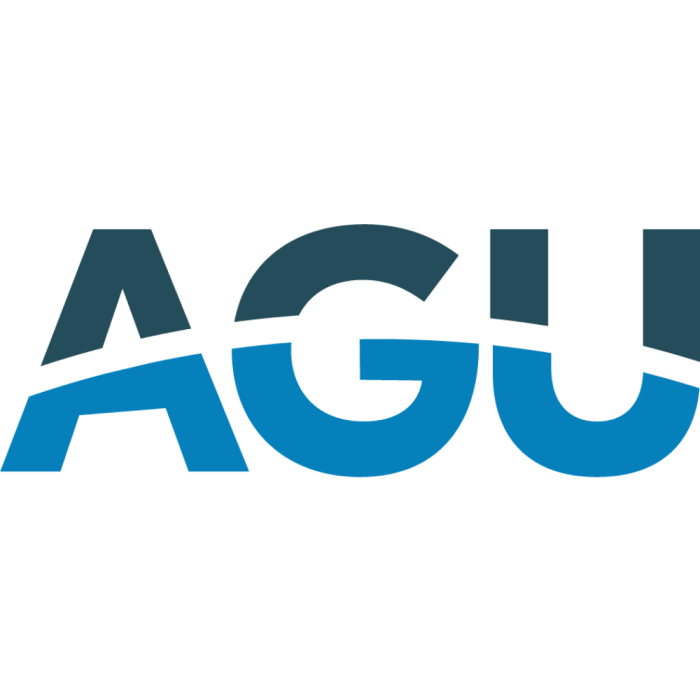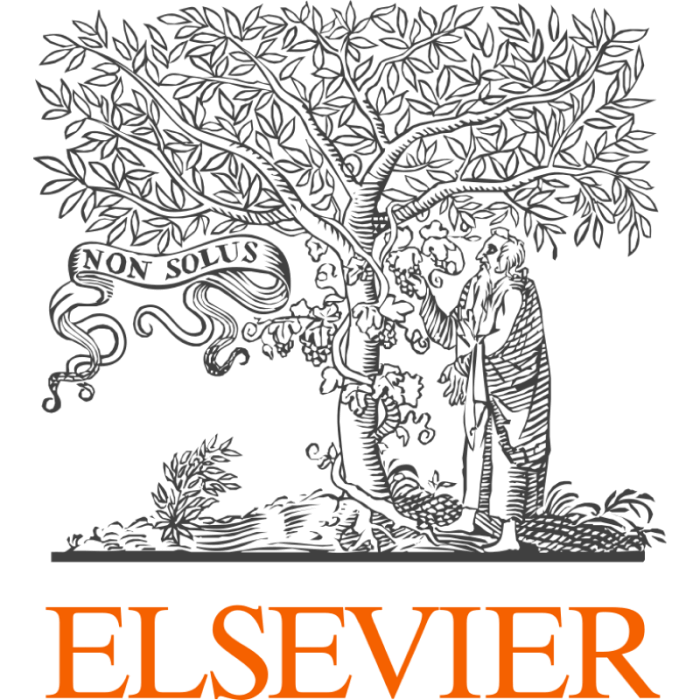Real‐Time Flood Inundation Modeling With Flow Resistance Parameter Learning
Emergency response to flood plain inundations requires real‐time forecasts of flow depth, velocity, and arrival time. Detailed and rapid flood inundation forecasts can be obtained from numerical solution of 2D unsteady flow equations based on high‐resolution topographic data and geomorphologically informed unstructured meshes. However, flow resistance parameters representing the effects of land surface topography unresolved by digital terrain model data remain uncertain. In the present study, flow resistance parameters representing the effects of roughness, vegetation, and buildings are determined hydraulically in real‐time using flow depth observations. A detailed numerical reproduction of a real flood has been largely corroborated by observations and subsequently used as a surrogate of the ground truth target. In synthetic numerical experiments, flow depth observations are obtained from a network of in‐situ flow depth sensors assigned to hydraulically relevant locations in the flood plain. Starting from a generic resistance parameter set, the capability of a tandem 2D surface flow model and Bayesian optimization technique to achieve convergence to the target resistance parameter set is tested. Convergence to the target resistance parameter set was obtained with 50 or fewer tandem flow + optimization iterations for each forecasting cycle in which the difference between simulated and observed flow depths is minimized. The flood arrival time errors across a 52 flood plain inundation area were reduced by 3.13 hr with respect to results obtained without optimization from a fixed range of flow resistance parameters. Performance metrics like critical success index and probability of detection reach values above 90% across the flood plain.






